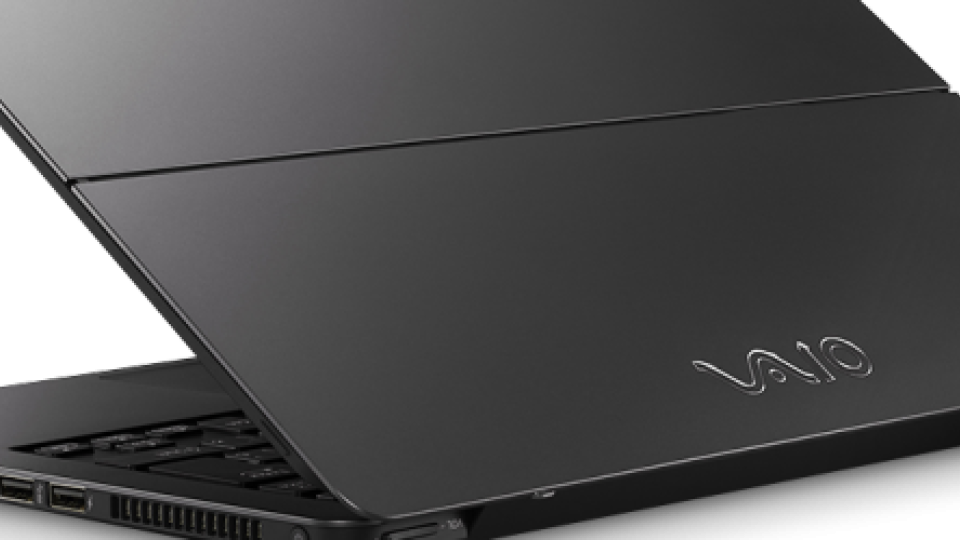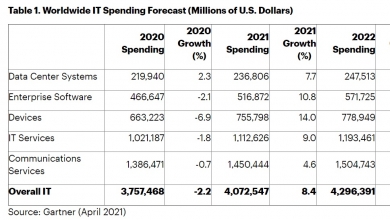
Worldwide PC shipments slumped 12.3% in the first quarter to 51.6m units, according to analyst house Gartner, the sharpest decline since 2013. The slump was due to the pandemic and followed three consecutive quarters of growth.
PC shipments varied by region depending on the timing of governments' response to the coronavirus outbreak. Because coronavirus impacts were most apparent in the US later on in the first quarter of 2020, the US PC market actually grew 0.8%. However, PC shipments there showed a steep sequential decline of 30.2% compared to the last quarter. PC shipments in EMEA declined 7% year-over-year to 16.8m and will “likely continue to decline through 2020”, the analyst said. The end of the first quarter saw a “dramatic drop” in both business and consumer PC purchases, due to “intense” Covid-19-related lockdown measures across countries in the region.
Asia-Pacific showed the worst year-over-year decline of 27.1% since Gartner started tracking the PC market. With the virus originating in China, the country was the largest contributor to this decline as all business, government and consumer activities came to a halt in February. Overall PC shipments in China dropped by over 30% compared to a year ago.
The figures from Gartner come after a reported surge in EMEA demand for desktop screens, laptops and other kit related to home working as lockdowns took a grip, but that obviously wasn't enough to stem an overall slump in the market.
“The coronavirus outbreak resulted in disruptions to both the supply and demand of PCs,” said Mikako Kitagawa, research director at Gartner. “Following the first lockdown in China in late January, there was lower PC production volume in February that turned into logistics challenges.
“Once coronavirus-related lockdowns expanded to other regions, there were new, sudden pockets of PC demand for remote workers and online classrooms that PC manufacturers could not keep up with.”
Kitagawa added: “These results underscore the growing economic uncertainties that are tightening PC spending, especially among small and midsize businesses. This uncertainty, coupled with the end of the Windows 10 upgrade peak, is causing enterprises to shift their IT budgets away from PCs and toward strategic business continuity planning.
“We will start seeing enterprises and consumers alike extending their PC life cycles on a more permanent basis as they focus on preserving cash.”


